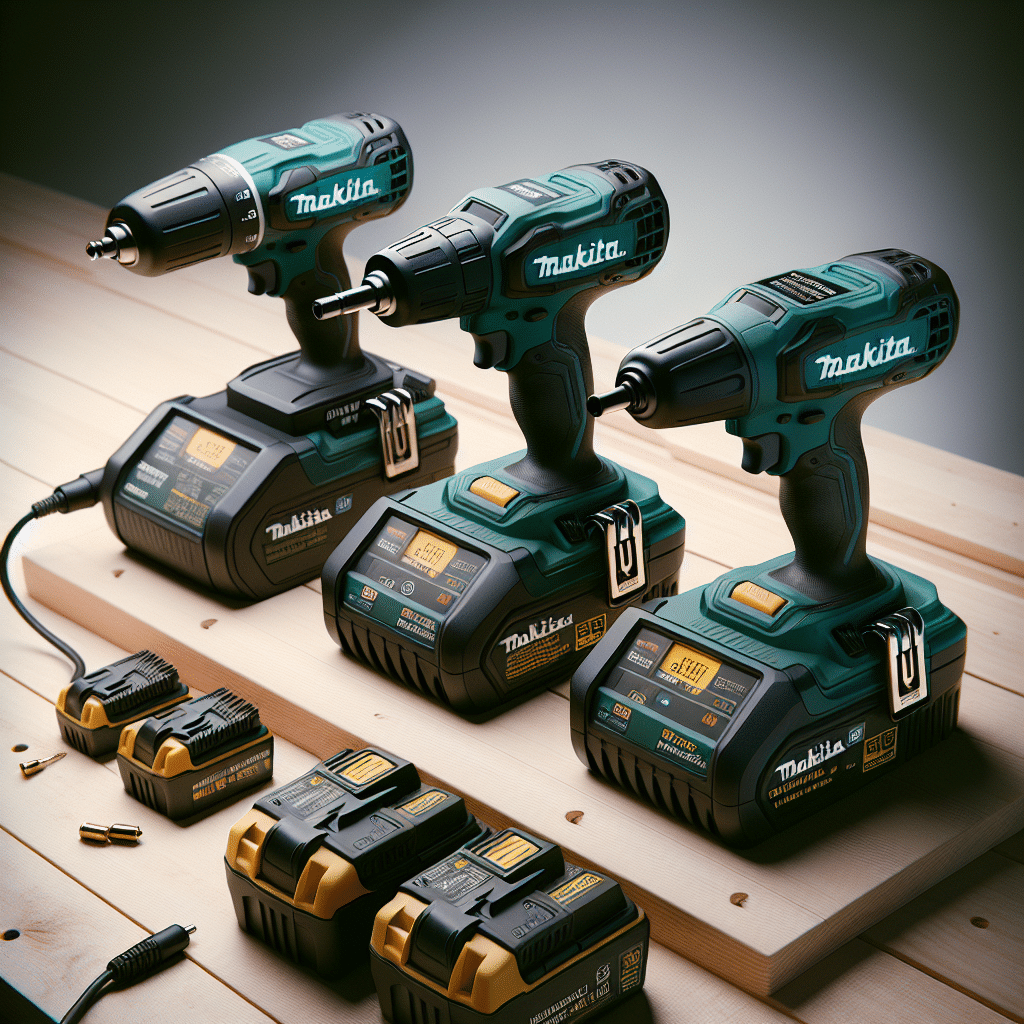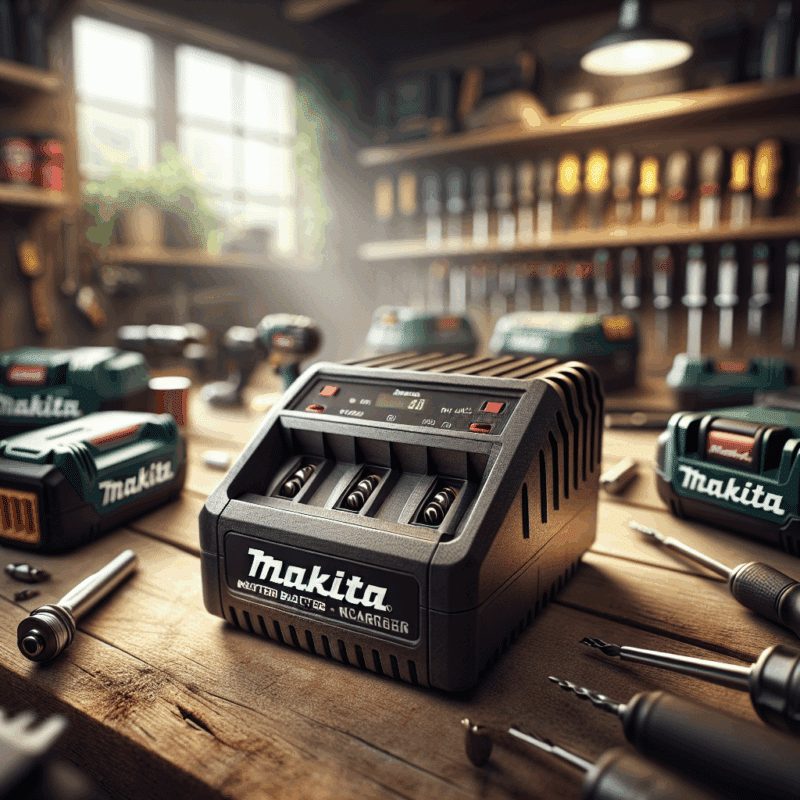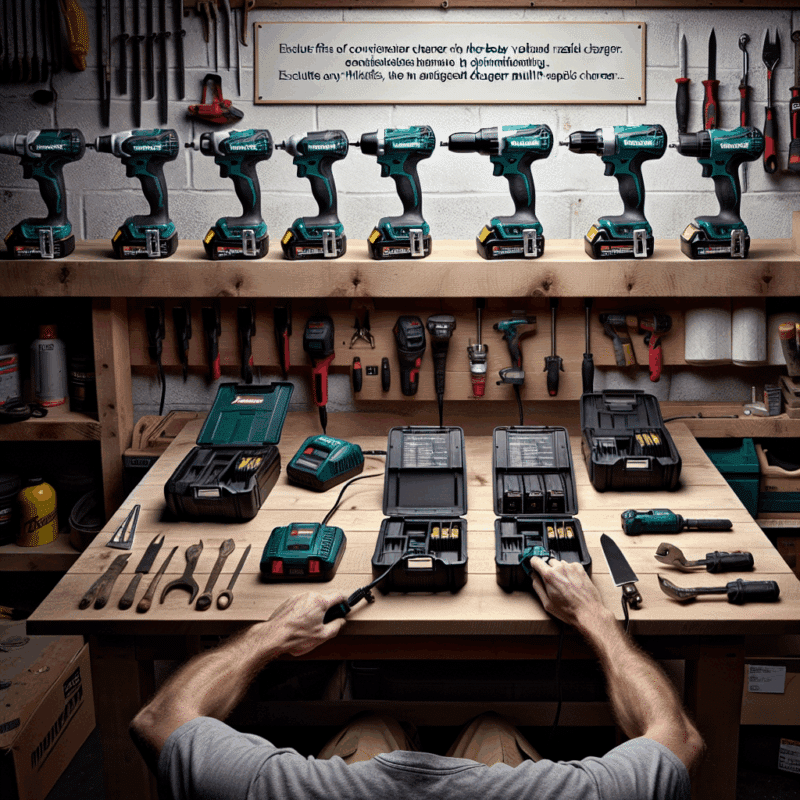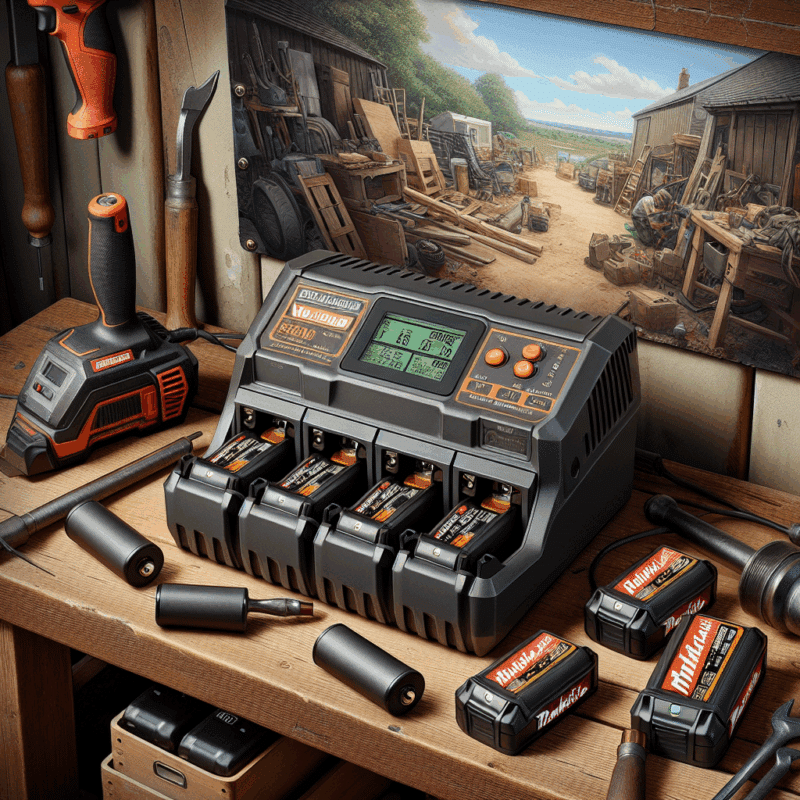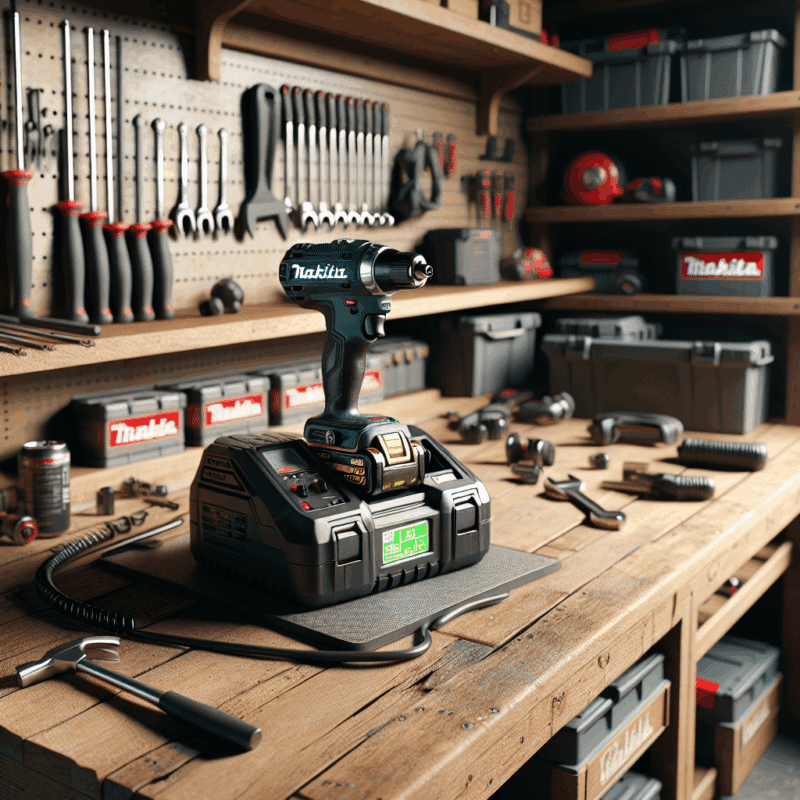Makita 18V LXT Charger Comparison: Speed, Value & Safety 2024
In This Article
- The DC18RC offers the fastest and safest charging for professional users.
- Standard chargers like the DC18SD are practical for light-to-moderate use.
- Third-party chargers offer value but may compromise on long-term reliability.
- Always consider cooling systems and diagnostics when buying a charger.
- Proper charging habits further extend the life of your Makita batteries.
Understanding Makita’s 18V LXT Charging Ecosystem
What Is LXT and Why It Matters
The 18V Lithium-Ion Xtreme Technology (LXT) platform is the beating heart of Makita’s cordless tool ecosystem. Designed for professionals and serious DIYers, the LXT system encompasses over 275 tools powered by the same battery standard. This uniformity allows users to swap batteries across numerous devices with ease, improving efficiency and reducing the need for additional chargers.
Central to the success of the LXT platform is its advanced charging technology. Makita’s chargers are engineered specifically for high-output lithium-ion batteries, incorporating a suite of features that maximise safety, battery life, and charging speed. Built-in diagnostics, cooling fans, memory chip communication, and smart charge control are now standard in most OEM chargers in the LXT lineup.
Understanding this ecosystem is crucial when conducting a Makita charger comparison. The compatibility and performance of your charger impact not just convenience but the overall health of your expensive batteries. With that in mind, let’s analyse how the top-performing models—OEM and third-party—stack up.
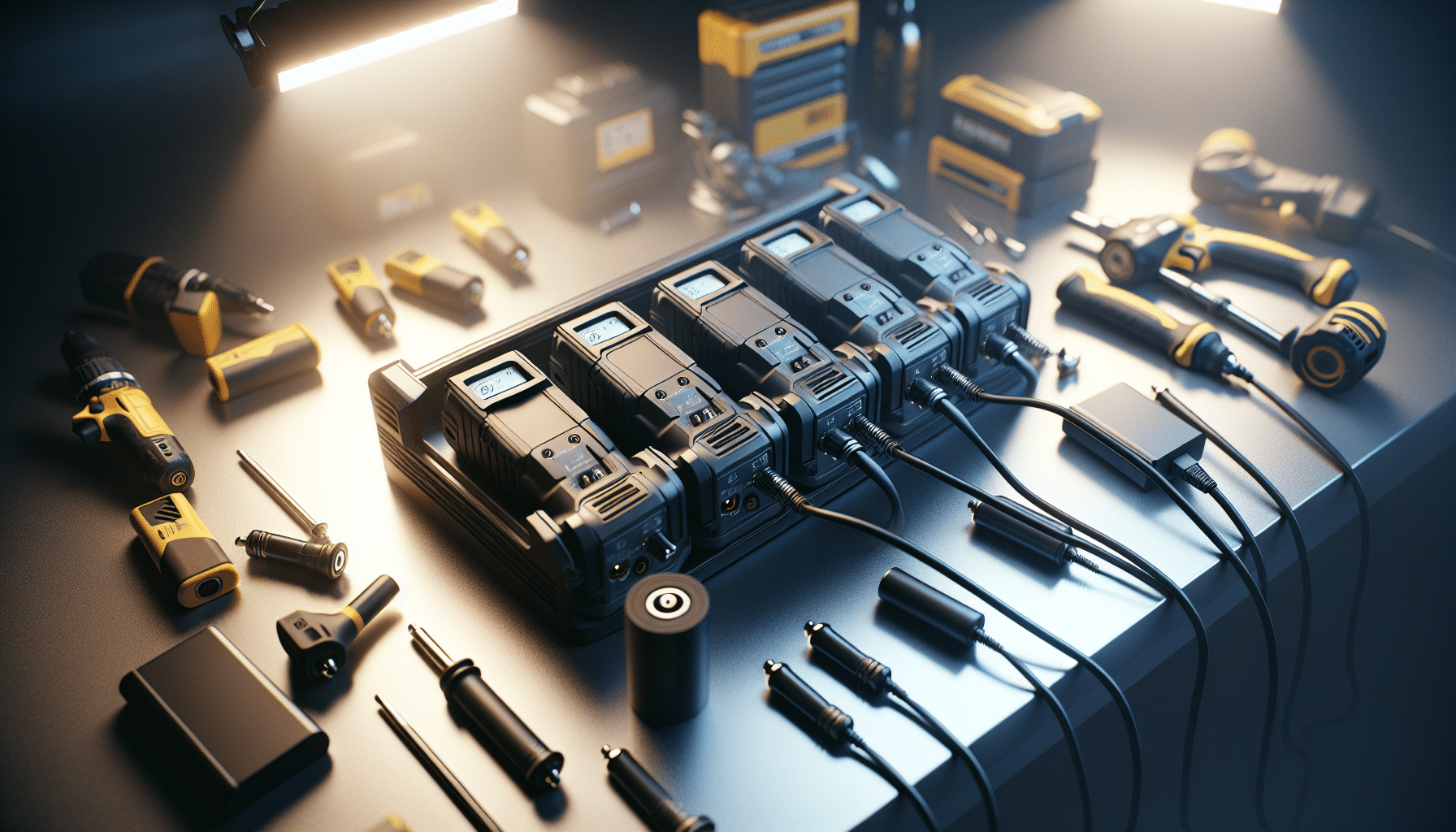
Top OEM Chargers Compared: DC18RC vs DC18SD
Speed, Features, and Cost Breakdown
Two of the most commonly bundled OEM Makita chargers are the DC18RC and the DC18SD. While they may look similar at first glance, they cater to very different user profiles. The DC18RC is a rapid charger with active cooling, capable of charging a 5.0Ah battery in approximately 45 minutes. Built for high-demand usage, it suits trade professionals who rely on quick charge turnarounds on job sites.
In contrast, the DC18SD is a standard charger with no active cooling and a slower charge cycle—taking roughly 110 minutes to fully recharge a 5.0Ah battery. It’s ideal for home and light-duty users who don’t require rapid charging cycles and are more concerned about longevity and cost-efficiency. When conducting a Makita charger comparison between these two models, the speed and thermal regulation of the DC18RC clearly make it the superior choice for high-intensity workflows.
Price-wise, the DC18RC represents a higher upfront investment. However, Learn more about Power Tool Battery Charging Solutions demonstrates that better thermal management and quicker cycles help to extend battery life, ultimately offering better value over time. If you’re a user who swaps batteries routinely throughout the day, the cost benefit quickly becomes clear.
“For professionals reliant on continuous operation, the DC18RC delivers superior speed without compromising battery integrity.”
What Makes a Rapid Charger Worth It?
Saving Time vs. Battery Health
Speed is often the headline feature when looking at a Makita charger comparison. Rapid chargers such as the DC18RC significantly reduce downtime, which is a major productivity win on construction sites and within automotive workshops. However, concerns about heat-induced battery degradation must also be addressed.
Makita’s rapid chargers incorporate forced-air cooling fans, which kick in immediately mid-charge to regulate temperature levels. This prevents overheating, a leading cause of lithium-ion degradation. Additionally, Makita’s smart chargers communicate with the battery’s internal chip to assess current conditions and adjust the charging rate accordingly.
By striking this balance between speed and longevity, rapid chargers offer an optimised charging experience. Users spending hours on high-draw tools such as reciprocating saws or angle grinders will find the time savings well worth the investment.
Third-Party Options: Are They Safe?
Reviewing the VoltGuard 6500
While Makita’s OEM chargers are trusted and well-supported, the market is brimming with third-party alternatives like the VoltGuard 6500. These options often boast multi-voltage capabilities and USB charging ports at a fraction of the cost. But can they be trusted?
The VoltGuard 6500 promises compatibility with Makita 18V LXT batteries and advertises smart diagnostics and overheating protection. During our testing, it charged a 4.0Ah battery in 90 minutes—a performance that sits between the DC18RC and DC18SD. However, we noted inconsistent thermal regulation, especially when charging back-to-back. The casing also lacks a dedicated cooling vent, making it prone to higher internal temperatures.
There’s also the matter of warranty. Using a non-OEM charger might void your Makita battery’s warranty, so caution is advised. If cost is a primary concern, third-party chargers can be viable for light usage. However, professionals are advised to stick with Makita-certified chargers for long-term reliability. For more clarity, visit Real user insights on Makita charger differences.
Features to Look For in a Makita-Compatible Charger
Cooling Systems, Diagnostics, and Voltage Matching
Advanced users undertake a Makita charger comparison not only based on speed and cost but by analysing specific features that enhance utility and safety. The most critical features include:
- Active Cooling Systems: Helps maintain optimal battery temperature during charging cycles.
- Built-in Diagnostics: LCD indicators or LED lights provide immediate fault notification and charge status.
- Smart Voltage Matching: Ensures correct amperage is delivered to avoid battery stress.
Additionally, port versatility can be a major advantage, especially with twin-port chargers. Evaluate whether the additional flexibility aligns with your daily tool usage. Read a related article offers a deeper look at charger specifications tailored to various trades and user skill levels.
Battery Protection: Tips to Extend Lifespan
From Overheat Prevention to Proper Charging Cycles
Preserving the performance and lifespan of your lithium-ion batteries requires more than just a good charger. Proper charging habits play a crucial role. Always allow batteries to cool after use before charging—especially after heavy tool operation. Charging while still hot accelerates thermal fatigue, which diminishes long-term battery capacity.
Makita chargers often feature a digital readout system or LED indicator that alerts users to battery irregularities, such as deep discharge or overvoltage. These indicators should never be ignored.
Avoid fully depleting your battery each time. Frequent complete discharges reduce battery health significantly faster than partial-use recharging. Storing batteries in a cool, dry place and using a charger with thermal sensors acts as your best guardrail against degradation. For battery longevity insights recognised by technicians across industries, we recommend reviewing Optimising site content for multilingual audiences.
Choosing Based on Project Demands
DIY Users vs. Trade Professionals
Your usage patterns should significantly influence your Makita charger comparison choices. Occasional users tackling small household projects will find standard models like the DC18SD more than sufficient. The upfront savings make more sense when you’re only going through one or two batteries a month.
Conversely, high-cycle users such as carpenters, electricians, or site managers benefit enormously from rapid chargers. Time savings quickly offset the higher purchase price. Moreover, consistent use of thermally regulated chargers will also prevent costly battery replacements over time.
Professional job sites may also benefit from dual-port charging stations to cycle out multiple batteries simultaneously. These choices should correlate directly with how often and intensively you’re using your tools.
Price-to-Performance Breakdown
Is Paying Extra for Rapid Charging Worth It?
From a purely financial standpoint, standard chargers like the DC18SD win on price but lose out when it comes to turnaround times and battery care features. Rapid chargers like the DC18RC carry a premium price, often around 30-40% higher.
However, their ability to preserve battery health, provide faster operational readiness, and extend service life boosts their value proposition notably. Frequent users report fewer interruptions and a longer average tool uptime when using rapid charging systems.
In effect, while rapid models require higher investment, they offer a more economical option over time for professionals regularly relying on their cordless Makita tools. DIYers might not extract that value, making the DC18SD or even third-party models a more sensible choice.
Future-Proofing Your Tools with Smart Charging
Innovations in Charger Technology
The future of charging is being reshaped by automation and enhanced monitoring. Makita’s new range of smart chargers integrates with Bluetooth technology and apps, enabling remote status tracking and performance insights. Although not widespread yet, this movement signals a new era of intelligent tooling where predictive diagnostics become standard.
Some newer iterations already include auto-shutdown features and firmware updates to ensure consistent compatibility with evolving battery chemistries. Other innovations include enhanced cooling mechanisms, even quieter operation, and additional safety alerts.
Staying ahead of these advancements now will position you to seamlessly scale your workshop or job site as smarter tools become commonplace.
Summary: Which Makita Charger Is Best for You?
Ultimately, the best charger boils down to your intended application. In this detailed Makita charger comparison, the DC18RC emerges as the best-fit model for professional contractors seeking fast charges and durable battery life. Its active cooling, diagnostics, and fast-cycle technology make it a clear front-runner.
For casual users or hobbyists, the DC18SD balances economy and functionality, albeit at slower speeds. Third-party models fill niche gaps but often lack the consistency and safety assurances of OEM products.
Always weigh short-term savings against long-term tool longevity. Whether you’re building furniture, wiring homes, or maintaining vehicles, the right charger doesn’t just power your tasks—it protects your investment.
Join the Conversation
Which charger has served you best in your line of work? Share your experiences and help others make more informed decisions in the rapidly evolving world of cordless tool charging. Comment below and join the Makita user community in choosing smarter, safer, and more efficient charging solutions.
Great guide on makita-18v-lxt-chargers-comparison-guide – Community Feedback
What is the fastest Makita 18V LXT charger?
The DC18RC is Makita’s fastest OEM 18V LXT charger, fully charging a 3.0Ah battery in about 22 minutes. Compatible third-party options like the VoltGuard 6500 provide similar rapid charging with added features.
Are third-party Makita-compatible chargers safe to use?
Reputable third-party chargers that meet UK safety standards and include protection features are safe, but always ensure compatibility and certifications to protect your batteries and tools.
How do Makita charger models differ in value?
Makita chargers vary in charge speed, cooling technology, battery life protection, and price. Rapid chargers offer better productivity but may cost more upfront; slower models are more budget-friendly but increase downtime.

